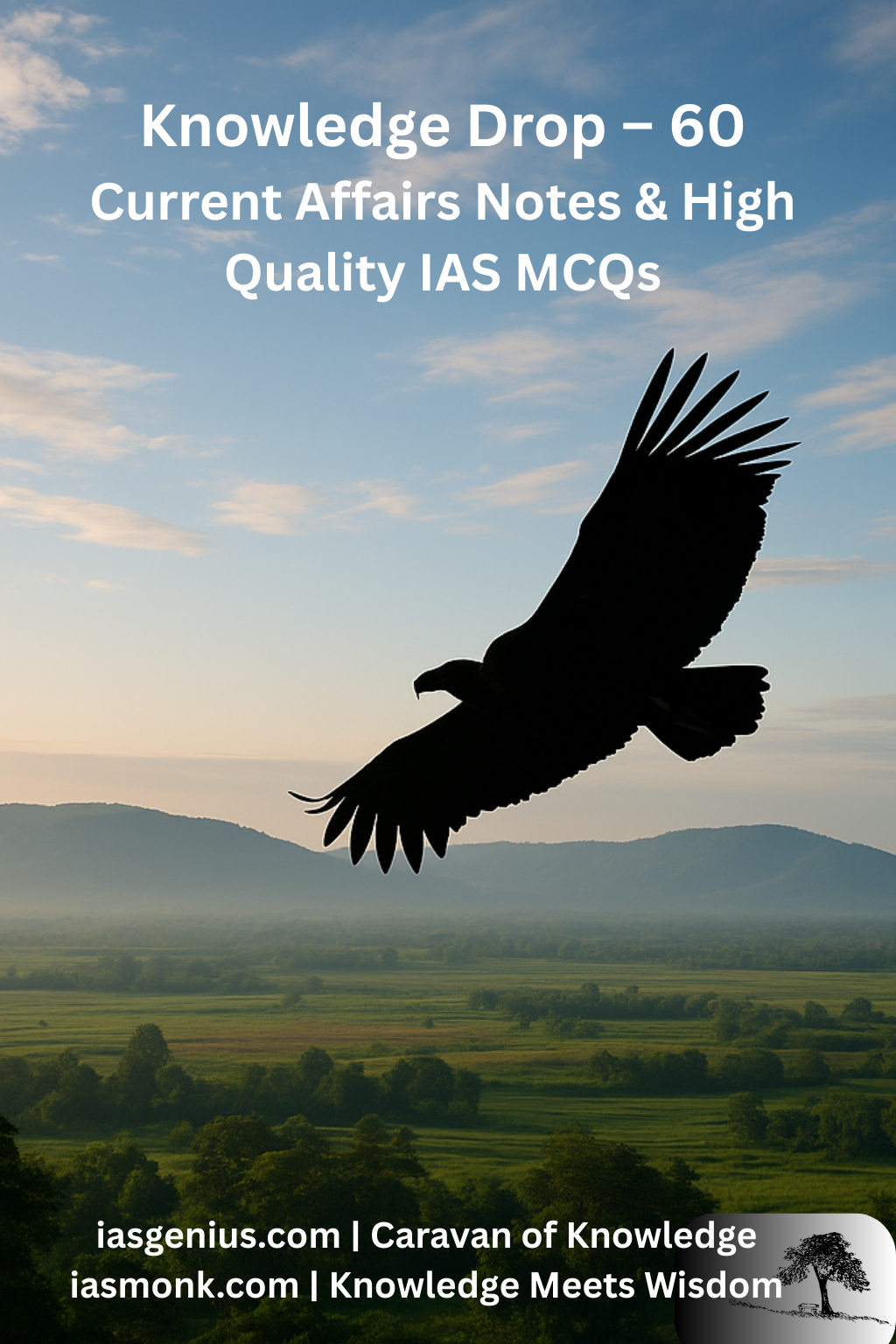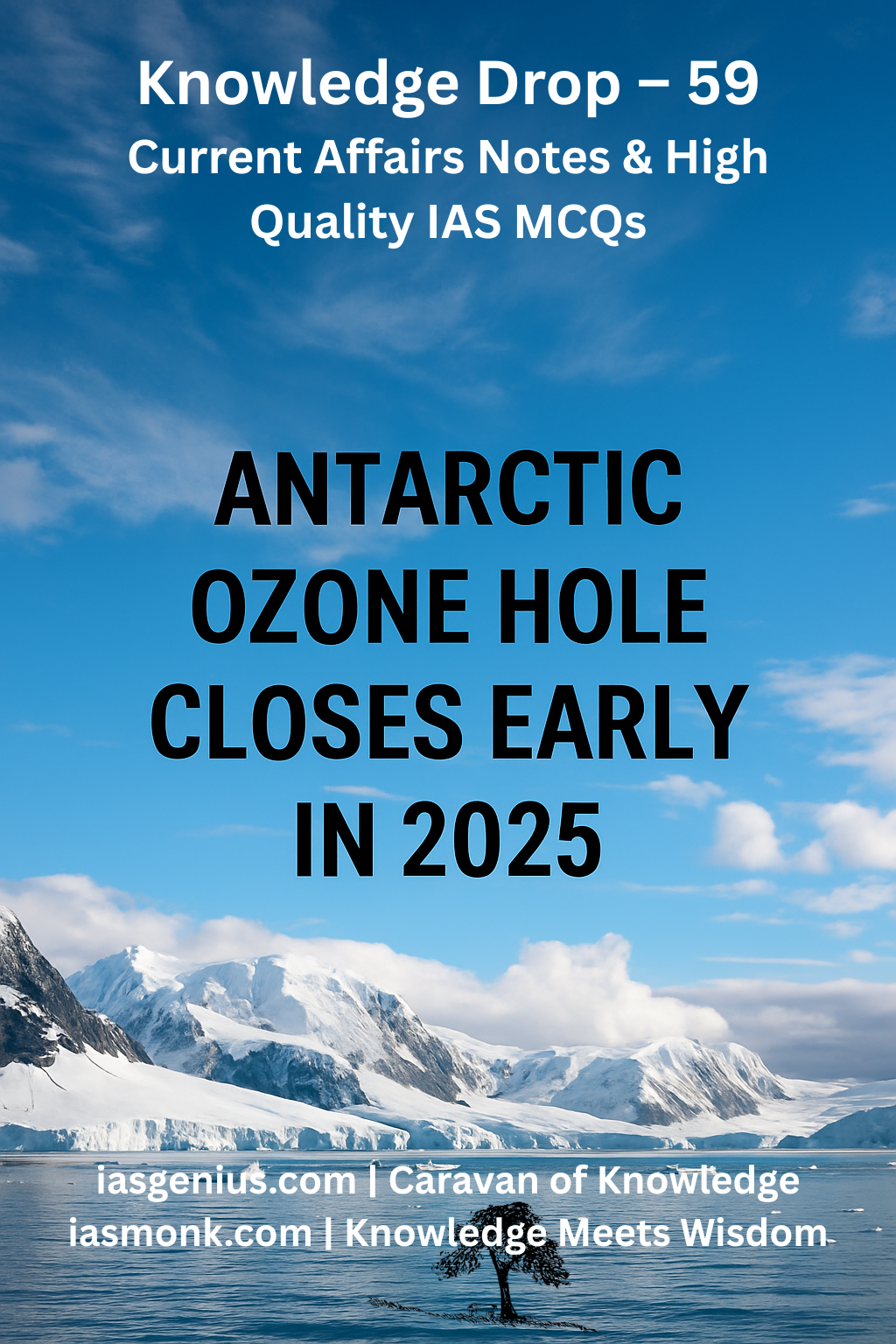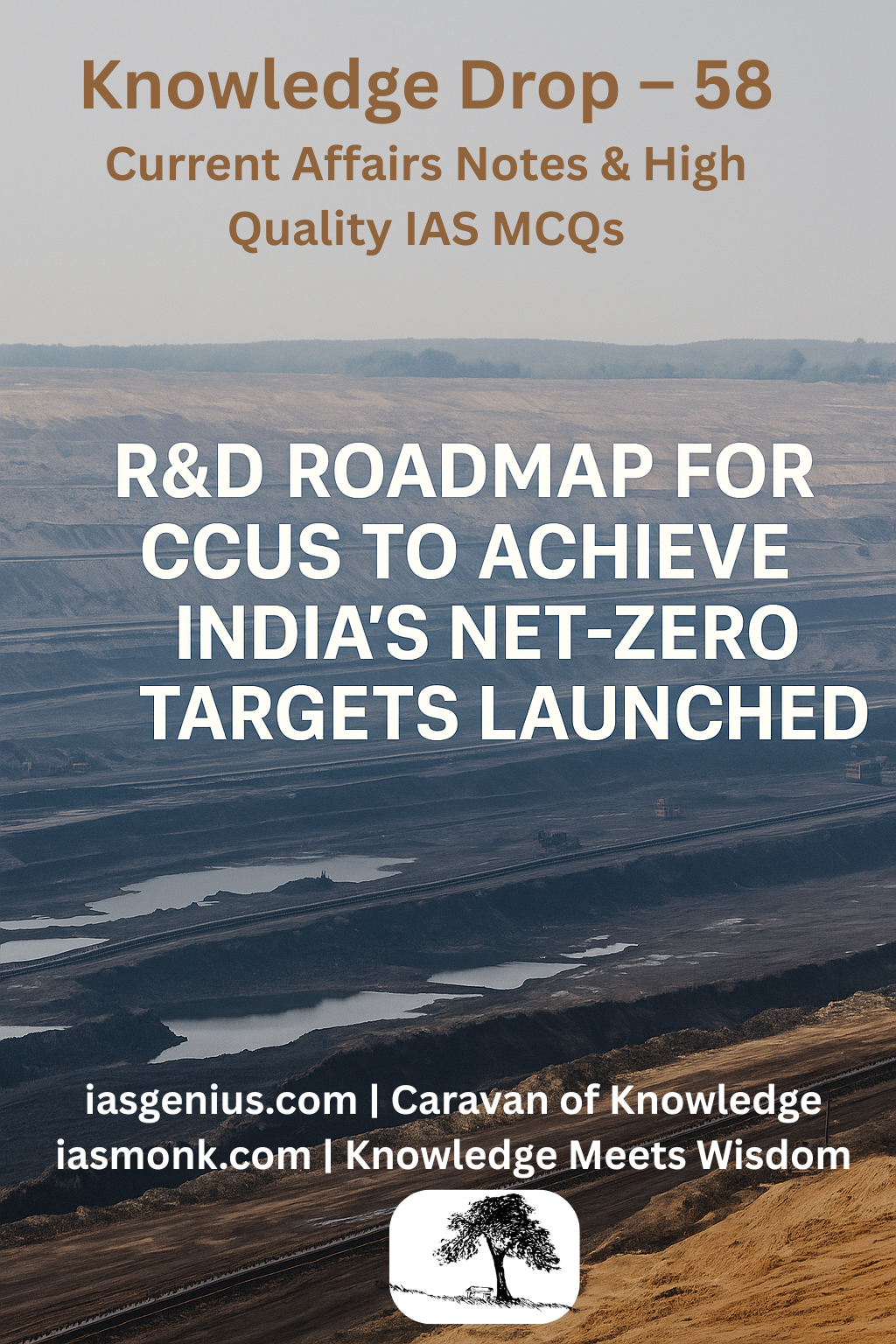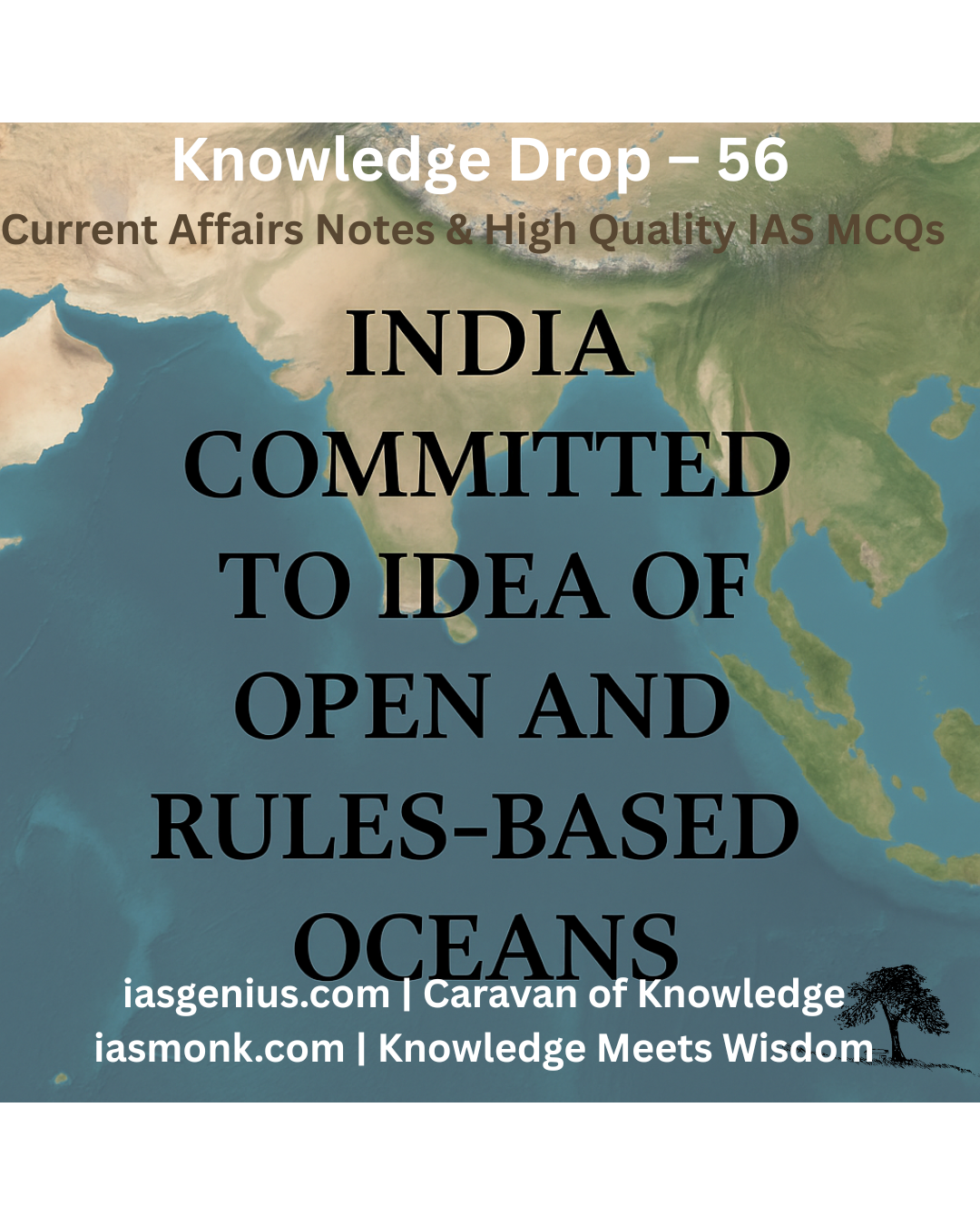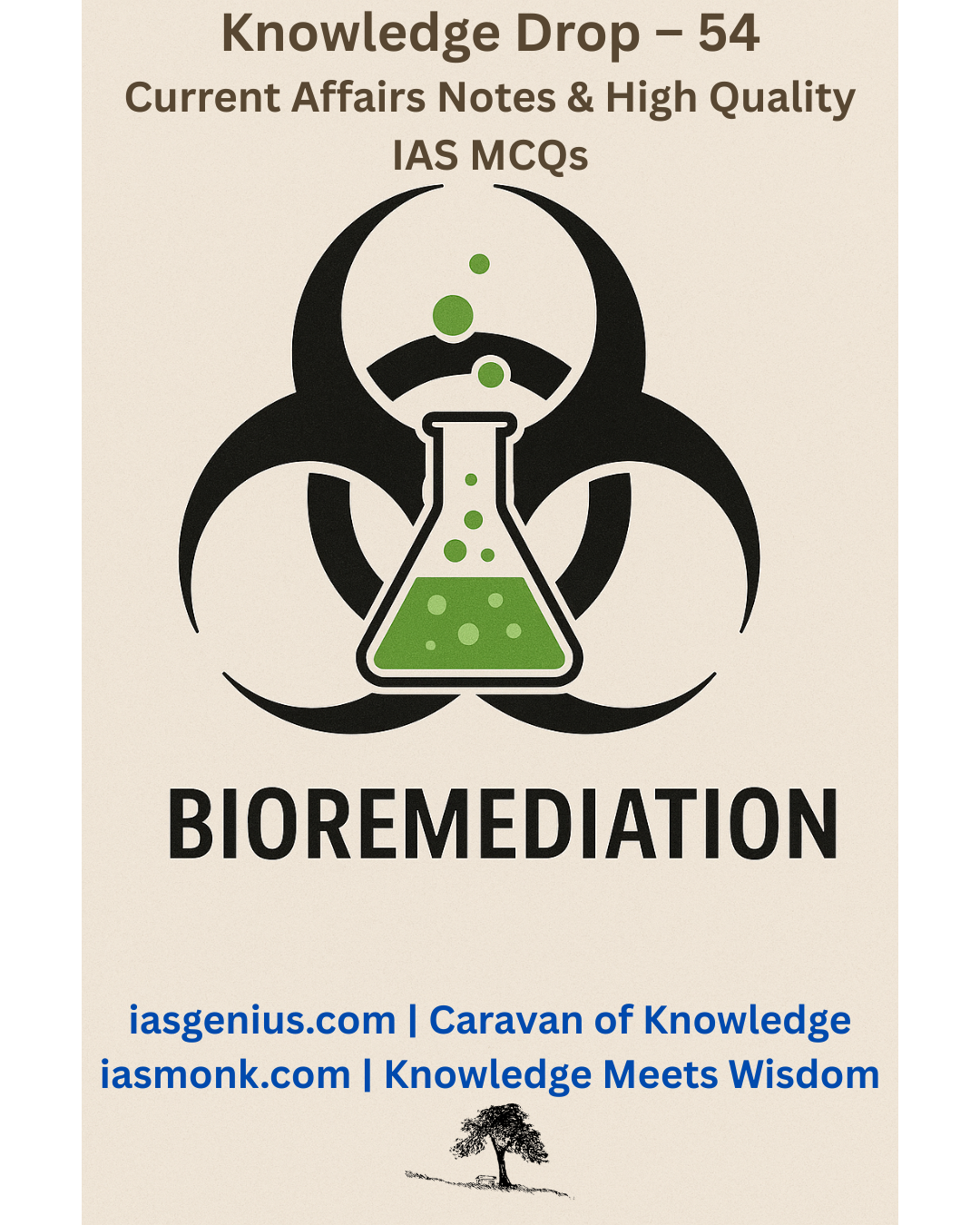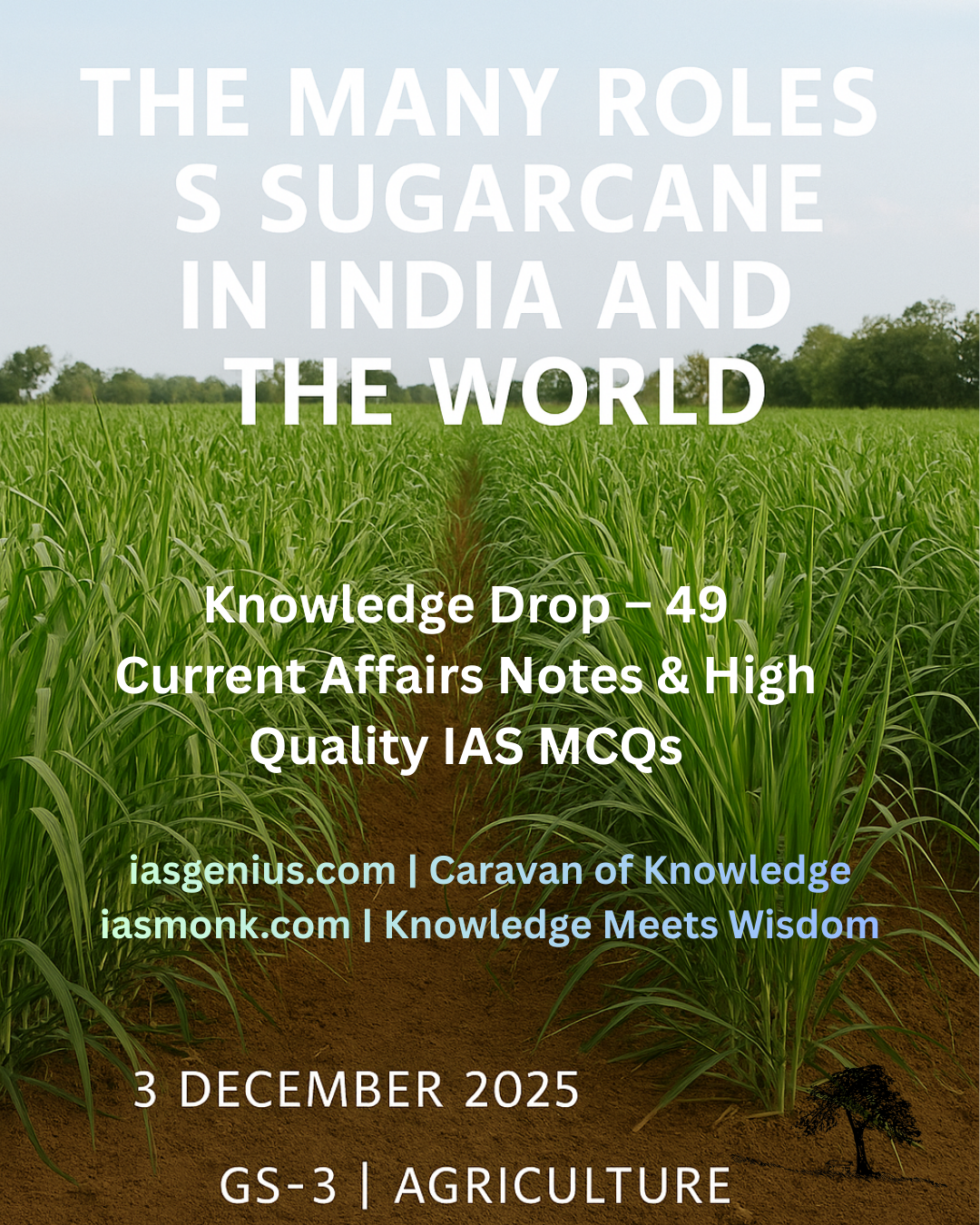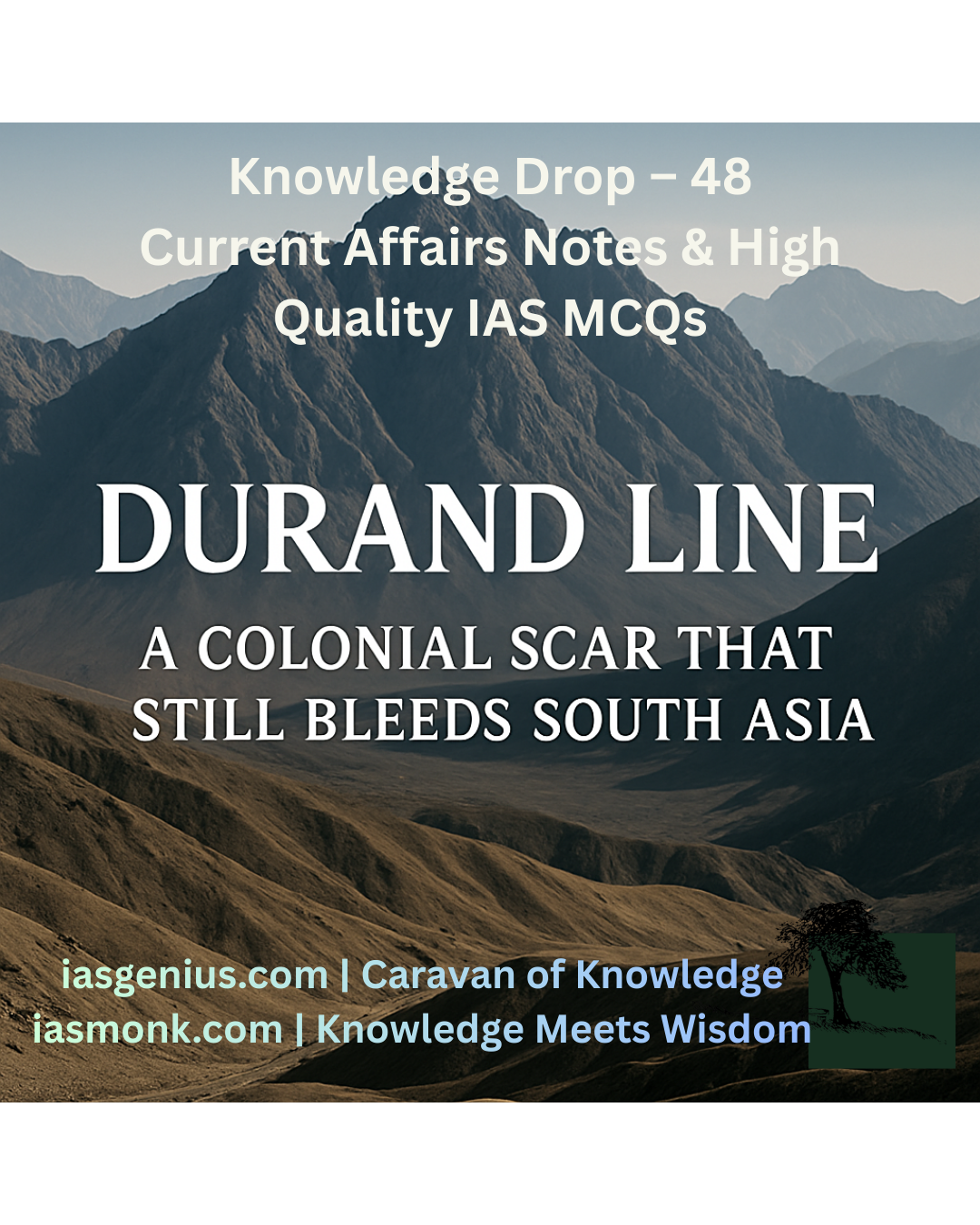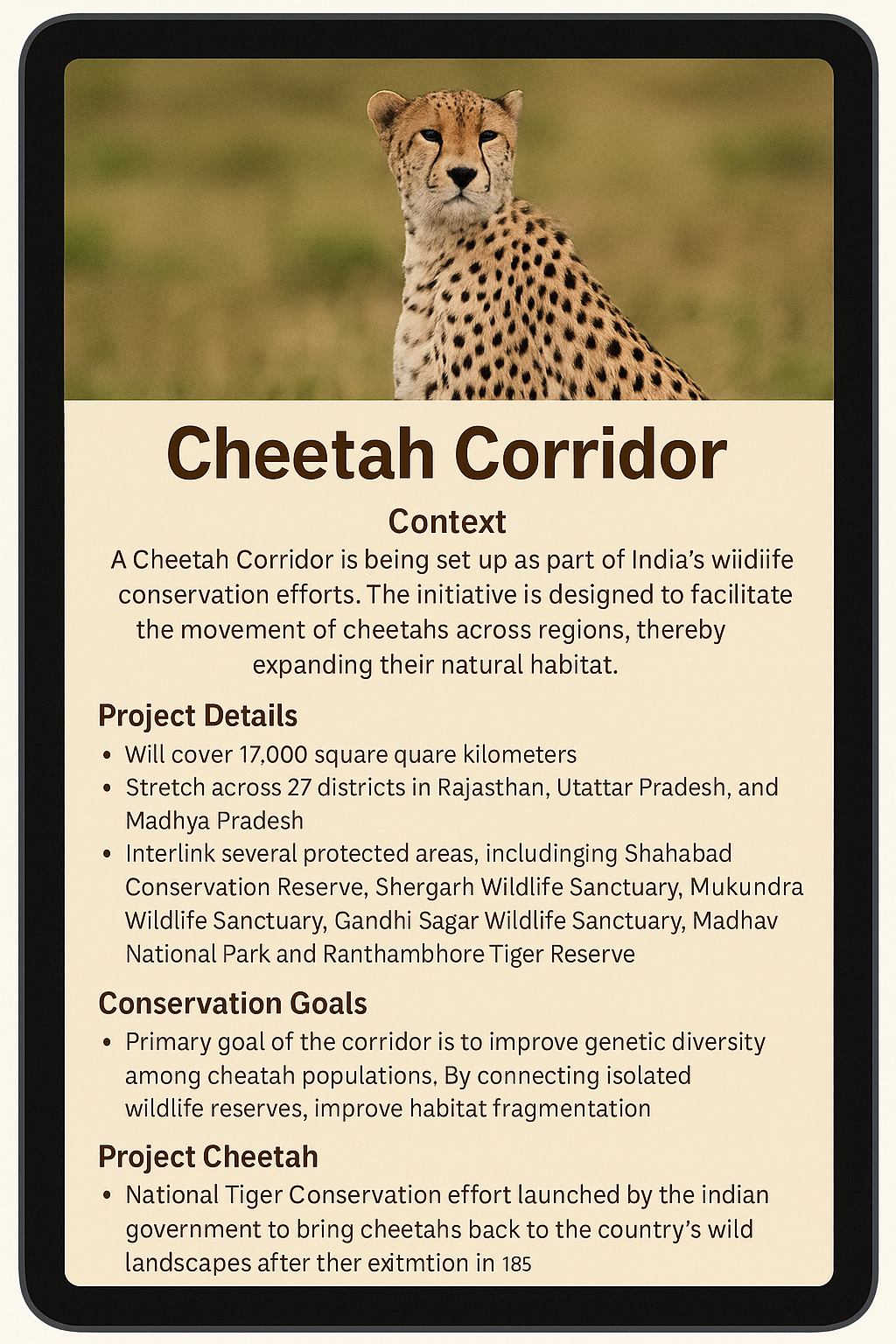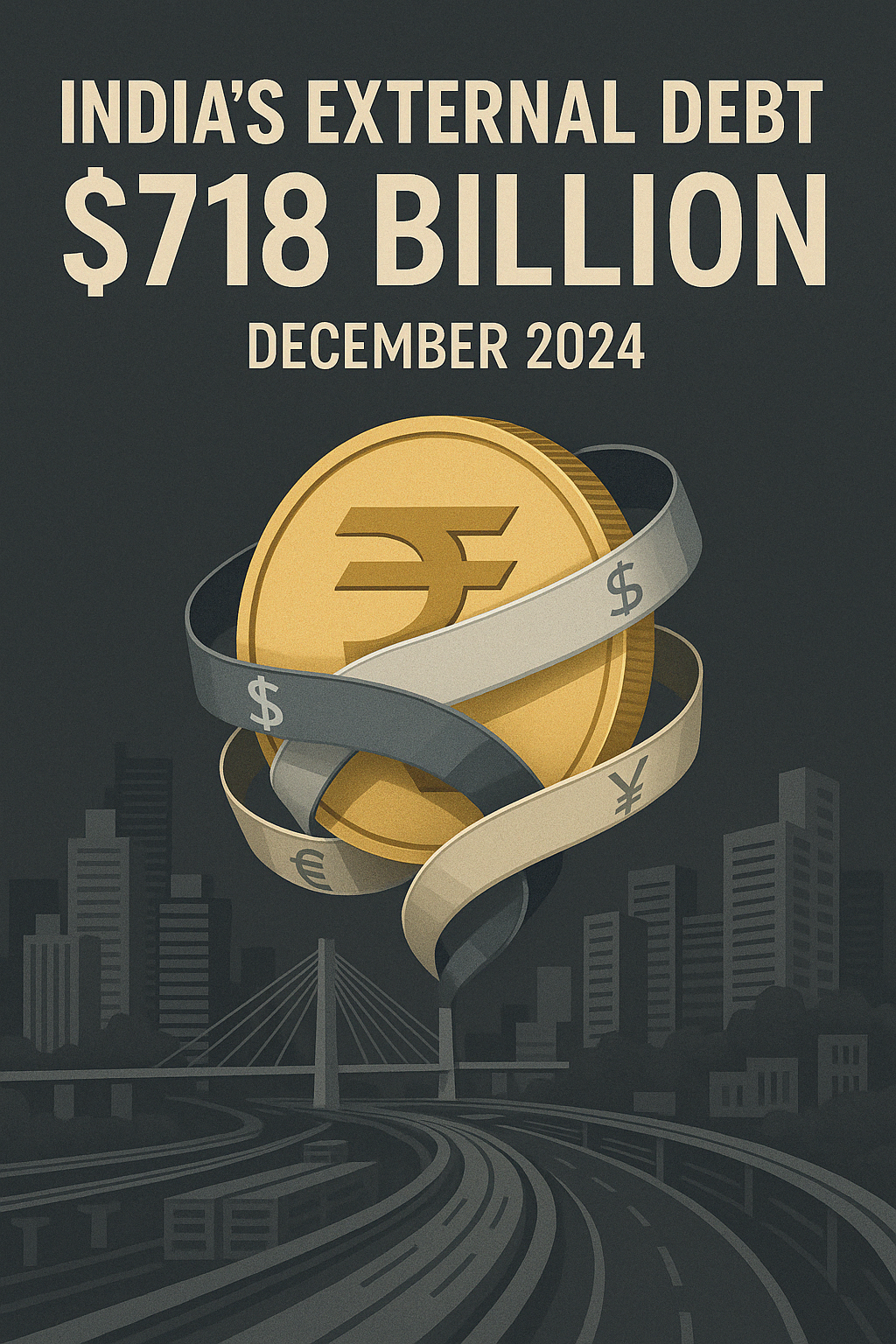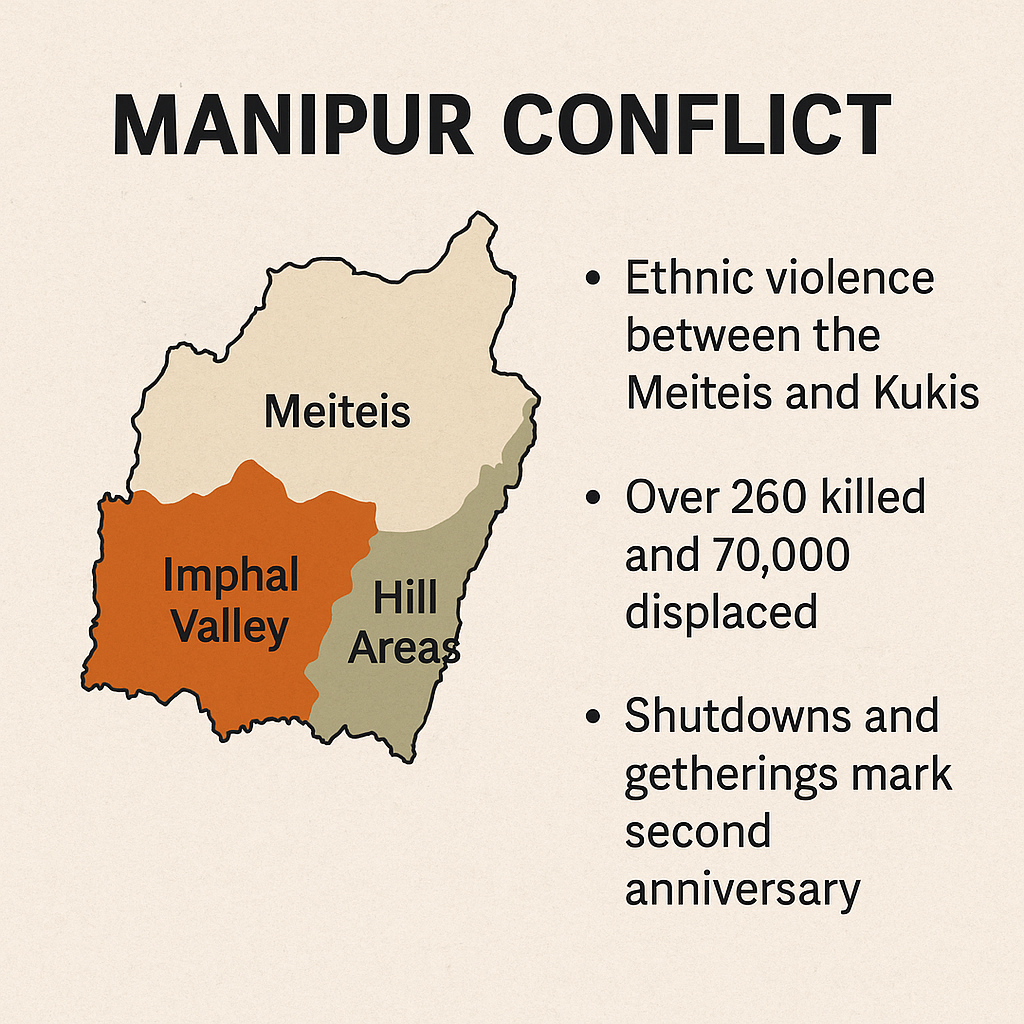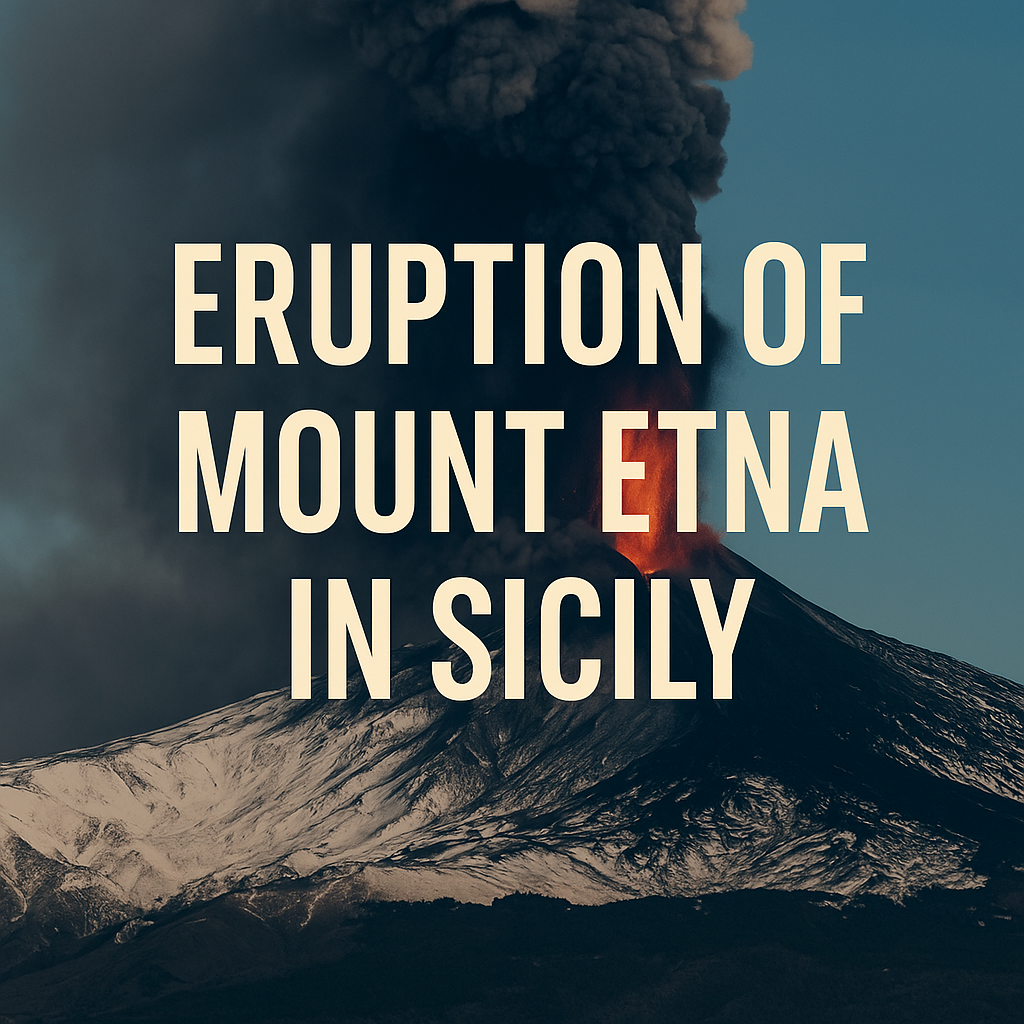
🧭June 6, 2025 Post 1: 🌋The Fury of Mount Etna: Understanding Earth’s Fiery Vents | High Quality Mains Essay | Prelims MCQs
🌋 The Fury of Mount Etna: Understanding Earth’s Fiery Vents

GEOGRAPHY –
Post Date: June 6, 2025
Focus: GS1 – Physical Geography | Volcanoes | Disaster Impacts
🧭 Intro Whisper
As Mount Etna erupts once again, it offers not just a spectacular sight — but also a powerful lesson on the restless heart of our planet.
🔥 What Is a Volcanic Eruption?
A volcanic eruption is the sudden release of molten rock (magma), gases, and fragments through a vent in the Earth’s surface. This occurs when pressure builds beneath the crust due to heat, trapped gases, and tectonic movement.
Formation of Magma:
- Deep beneath the Earth’s crust, intense heat and pressure melt mantle rocks into magma.
- Because magma is less dense, it rises toward the surface.
Gas Pressure and Eruption:
- Magma contains gases like water vapor, CO₂, SO₂.
- As it rises, pressure drops → gases expand → pressure builds → eruption.
Eruption Triggers:
- Plate boundaries, fault zones, or mantle plumes (hotspots) provide escape routes.
- Sudden blockage of magma = explosive pressure = seismic activity or eruptions.
🏔️ Types of Volcanoes
| Type | Description | Examples |
|---|---|---|
| Stratovolcano | Tall, steep-sided, highly explosive | Mt. Etna (Italy), Mt. Fuji (Japan) |
| Shield Volcano | Broad base, gentle slope, fluid lava | Mauna Loa (Hawaii) |
| Cinder Cone | Small, steep, formed from pyroclastics | Capulin (USA) |
| Caldera | Collapsed volcano craters | Yellowstone (USA) |
| Lava Dome | Rounded domes from viscous lava | Novarupta Dome (Alaska) |
🧭 Classification by Activity
- Active Volcanoes: Recently or currently erupting (e.g., Mount Etna)
- Dormant Volcanoes: Long-inactive but not extinct (e.g., Mount Kilimanjaro)
- Extinct Volcanoes: No future eruptions expected (e.g., Edinburgh Castle Hill)
🌍 Mount Etna: Europe’s Fiery Giant
- Location: Sicily, Italy
- Type: Stratovolcano
- Height: 3,329 meters
- Unique Feature: One of the world’s most active volcanoes, with recorded eruptions dating back to 1500 BCE.
- Tectonic Setting: Situated at the convergent boundary of the African and Eurasian plates.
⚖️ Impacts of Volcanic Eruptions
🟢 Positive Effects:
- Fertile soils for agriculture (ash-enriched land).
- Geothermal energy source.
- Formation of new land/islands (e.g., Iceland).
🔴 Negative Effects:
- Threat to life and infrastructure.
- Temporary climate cooling due to sulfur aerosols.
- Air traffic disruption (e.g., Eyjafjallajökull in 2010).
- Seismic disturbances and mudflows (lahars).
🧭 GS Mains Mapping
| GS Paper | Theme | Subtopics |
|---|---|---|
| GS1 | Physical Geography | Volcanic landforms, tectonic activity, disaster impacts |
| GS3 | Disaster Management | Mitigation, preparedness, environmental sustainability |
🪔 A Thought Spark — by IAS Monk
“Volcanoes remind us that beneath the stillness of land lies a fire that both destroys and renews — a symbol of nature’s raw and rhythmic force.”
High Quality Mains Essay For Practice :
Word Limit 1000-1200
🟩 IAS 2025 MAINS: High Quality ESSAYS For Essay Paper and GS Papers Content
📝 Volcanoes: The Fiery Architects of Earth’s Surface
Introduction
Volcanoes are one of the most spectacular and powerful natural phenomena on Earth. Born from the restless energy beneath the planet’s crust, these fiery vents have shaped continents, forged new land, and influenced human civilization for millennia. While often associated with destruction, volcanoes are also architects of fertility, biodiversity, and geological renewal. As Mount Etna erupts once again in Sicily, Italy, the spotlight returns to these natural giants—reminding us of the delicate balance between nature’s destructive power and creative potential.
What is a Volcano?
A volcano is a rupture in the Earth’s crust through which molten rock (magma), gases, and ash escape from the mantle to the surface. When pressure builds in the Earth’s interior due to tectonic activity and trapped gases, it eventually finds a release point, leading to a volcanic eruption.
Volcanoes can form in various settings, including:
- Convergent plate boundaries, where one plate subducts under another.
- Divergent boundaries, like mid-ocean ridges.
- Hotspots, where plumes of magma rise from deep within the mantle, independent of plate boundaries (e.g., Hawaii).
Formation of Magma and Eruption Process
Magma forms when mantle rocks melt due to high temperatures and pressures. As magma ascends through the crust, it accumulates in underground chambers. Dissolved gases like water vapor, carbon dioxide, and sulfur dioxide increase internal pressure. When pressure exceeds the strength of overlying rocks, it results in an eruption.
Eruptions can be:
- Explosive, when gases are trapped in viscous magma.
- Effusive, when fluid lava flows out gently.
The style of eruption depends on the magma composition, viscosity, and gas content.
Types of Volcanoes and Their Characteristics
Volcanoes come in several forms, each with unique structures and eruptive behavior:
- Stratovolcanoes (Composite Volcanoes):
- Steep, conical shape; alternating layers of lava and ash.
- Highly explosive.
- Example: Mount Etna (Italy), Mount Fuji (Japan).
- Shield Volcanoes:
- Broad, dome-shaped; gentle slopes.
- Lava is low-viscosity and flows easily.
- Example: Mauna Loa (Hawaii).
- Cinder Cone Volcanoes:
- Smallest and steepest.
- Formed from pyroclastic materials ejected during short-lived eruptions.
- Example: Parícutin (Mexico).
- Lava Domes:
- Viscous lava accumulates near the vent, forming a dome.
- Can cause explosive eruptions if the dome collapses.
- Example: Novarupta Dome (Alaska).
- Calderas:
- Large depressions formed when a volcano collapses after an eruption.
- May later fill with water or re-erupt.
- Example: Yellowstone (USA).
Classification Based on Activity
Volcanoes are also categorized based on their eruptive history and likelihood of future activity:
- Active Volcanoes:
Currently erupting or have erupted in recent history (e.g., Etna, Stromboli). - Dormant Volcanoes:
Long inactive, but could erupt again (e.g., Mount Kilimanjaro). - Extinct Volcanoes:
No longer have a magma supply; unlikely to erupt again (e.g., Edinburgh Castle Rock).
Volcanoes and Tectonic Plates: The Geodynamic Connection
Volcanoes are closely linked with plate tectonics.
At subduction zones, the descending oceanic plate melts, creating magma.
At divergent boundaries, magma rises to fill the gap between spreading plates.
At hotspots, like those beneath the Hawaiian Islands, upwelling plumes of hot mantle material create island chains as tectonic plates move over them.
Volcanic activity is thus a surface manifestation of deep Earth dynamics and energy transfer.
Positive Contributions of Volcanoes
Despite their destructive reputation, volcanoes offer several ecological and economic benefits:
- Soil Fertility:
Volcanic ash contains minerals like potassium and phosphorus, enriching soils and supporting agriculture. The fertile plains of Java and the Deccan Plateau owe their productivity to volcanic soils. - Geothermal Energy:
Volcanic regions offer immense potential for clean, renewable energy (e.g., Iceland, the Philippines). - Land Formation:
Volcanic eruptions create new islands (e.g., Surtsey in Iceland) and expand landmasses. - Mineral Resources:
Volcanic zones host valuable minerals like copper, gold, and pumice. - Tourism and Culture:
Volcanoes like Mount Vesuvius and Mount Bromo attract millions of tourists and are embedded in local folklore.
Hazards of Volcanic Eruptions
Volcanoes, however, remain potent threats to life and infrastructure:
- Lava Flows:
While often slow-moving, lava can destroy everything in its path. - Ash Clouds:
Can collapse roofs, contaminate water, and disrupt aviation (e.g., Eyjafjallajökull, 2010). - Pyroclastic Flows:
Fast-moving avalanches of gas and volcanic matter — highly lethal. - Lahars:
Volcanic mudflows triggered by rain or melted glaciers — devastating in valleys. - Climate Effects:
Sulfur aerosols from major eruptions can cool global temperatures (e.g., Mount Pinatubo, 1991).
Case Study: Mount Etna – Europe’s Most Active Volcano
Located on the east coast of Sicily, Mount Etna is a stratovolcano with a height exceeding 3,300 meters. It lies at the collision zone of the African and Eurasian plates.
- Historical Eruptions: Etna has erupted over 200 times, with records dating back to 1500 BCE.
- Recent Activity: The 2024 and 2025 eruptions included lava fountains and ash clouds affecting Catania and surrounding villages.
- Impact: While destructive, Etna also supports vineyards, fertile farms, and geothermal projects. Its landscape is a UNESCO World Heritage Site.
Etna is a living example of nature’s duality — both threat and sustainer.
Volcanoes and Human Civilizations
Ancient civilizations were shaped by volcanic events:
- Pompeii was buried under ash from Mount Vesuvius in 79 CE — preserving Roman life in a time capsule.
- The Minoan Civilization was weakened by the Thera eruption (~1600 BCE).
- The Tambora eruption (1815) led to the “Year Without a Summer,” causing famines in Europe and North America.
Even today, millions live near active volcanoes — drawn by fertile soil, water, and economic opportunity despite the risks.
Volcano Monitoring and Early Warning Systems
Modern science has enabled better preparedness through:
- Seismic activity sensors
- Gas emission monitoring
- Satellite thermal imaging
- Ground deformation studies (GPS, InSAR)
Agencies like USGS, INGV (Italy), and NDMA (India) help governments issue alerts and evacuations.
However, many developing nations lack infrastructure or awareness for disaster mitigation.
GS Mains Paper Mapping
| GS Paper | Theme | Subtopics |
|---|---|---|
| GS1 | Geography | Volcanic landforms, plate tectonics |
| GS3 | Disaster Management | Risk reduction, early warning, resilience |
| GS4 | Ethics in Public Policy | Equity in disaster response, environmental balance |
Conclusion: Earth’s Sculptors in Fire
Volcanoes are more than just destructive spectacles; they are creative agents in Earth’s evolutionary story. They forge continents, shape climates, sustain biodiversity, and challenge civilizations. Their unpredictable nature calls for both humility and preparedness.
In understanding volcanoes, we engage with the deepest truths of our planet’s formation. They are not merely geological curiosities, but vital components of the Earth system — blazing reminders of the dynamic world beneath our feet.
In the age of climate change and geological volatility, our relationship with volcanoes must evolve — from fear and awe to respect, resilience, and informed coexistence.
In the quiet canopy of Telangana’s Gundaram Reserve Forest, a voice once thought silent has begun to sing again. The recent discovery of eleven Satavahana-era inscriptions by the Archaeological Survey of India (ASI) is not merely a historical footnote. It is a powerful echo of a civilization that shaped the political, cultural, and economic contours of early India. When we read stone, we do not just read facts — we feel the pulse of a people, their gods, their wars, their poetry, and their vision of order.
The Satavahana dynasty, often overshadowed in popular memory by the Mauryas or Guptas, was a keystone in the post-Mauryan transition. It filled the power vacuum in the Deccan, stitched together diverse regions, and balanced local autonomy with imperial vision — a model that speaks to India’s diversity even today.
Target IAS-26: Daily MCQs :
📌 Prelims Practice MCQs
Topic: Mount Etna
MCQ 1 – Type 1: How many of the above statements are correct?
Consider the following statements regarding Stratovolcanoes:
They are typically low, broad-based volcanoes formed by fluid lava.
They consist of alternating layers of lava flows and pyroclastic materials.
They are commonly associated with highly explosive eruptions.
Mount Etna and Mount Fuji are classic examples of stratovolcanoes.
How many of the above statements are correct?
A) Only two
B) Only three
C) All four
D) Only one
🌀 Didn’t get it? Click here (▸) for the Correct Answer & Explanation
✅ Correct Answer: B) Only three
🧠 Explanation:
•1) ❌ False – This describes Shield Volcanoes, not Stratovolcanoes.
•2) ✅ True – Stratovolcanoes are built from successive layers.
•3) ✅ True – They often erupt explosively due to high viscosity magma.
•4) ✅ True – Both are classic examples of stratovolcanoes.
MCQ 2 – Type 2: Two Statements Based
Consider the following statements:
Calderas are formed due to lava flowing out of shield volcanoes.
Pyroclastic flows consist of a mixture of hot gases, volcanic ash, and rocks moving at high speed.
Which of the above statements is/are correct?
A) Only 1 is correct
B) Only 2 is correct
C) Both are correct
D) Neither is correct
🌀 Didn’t get it? Click here (▸) for the Correct Answer & Explanation
✅ Correct Answer: B) Only 2 is correct
🧠 Explanation:
•1) ❌ False – Calderas form due to collapse after a major eruption, not lava flow.
•2) ✅ True – Pyroclastic flows are extremely dangerous and fast-moving mixtures.
MCQ 3 – Type 3: Which of the statements is/are correct?
Which of the following statements about the benefits of volcanoes are correct?
1. Volcanic ash can enrich soil fertility.
2. Geothermal energy from volcanic areas is considered a renewable resource.
3. All calderas eventually become freshwater lakes.
4. Volcanic eruptions can lead to the formation of new landmasses.
Select the correct code:
A) 1, 2 and 4 only
B) 2, 3 and 4 only
C) 1, 3 and 4 only
D) 1, 2, 3 and 4
🌀 Didn’t get it? Click here (▸) for the Correct Answer & Explanation
✅ Correct Answer: A) 1, 2 and 4 only
🧠 Explanation:
•1) ✅ True – Volcanic soils are very fertile.
•2) ✅ True – Used in places like Iceland for energy.
•3) ❌ False – Not all calderas fill with water or become lakes.
•4) ✅ True – Islands like Surtsey formed this way.
MCQ 4 – Type 4: Direct Fact
Which of the following volcanoes is located at the convergent boundary of the African and Eurasian plates?
A) Mount Fuji
B) Mauna Loa
C) Mount Etna
D) Mount Kilimanjaro
🌀 Didn’t get it? Click here (▸) for the Correct Answer & Explanation.
✅ Correct Answer: C) Mount Etna
🧠 Explanation:
•A) Mount Fuji – Convergent boundary, but Japan (Eurasian and Pacific plates)
•B) Mauna Loa – Hotspot in the Pacific Plate
•C) ✅ Mount Etna – On the convergent boundary of African and Eurasian plates
•D) Mount Kilimanjaro – Rift-related volcanic activity, not a convergent zone


